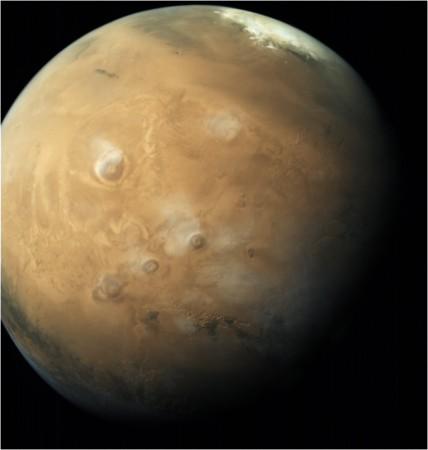The Mars helicopter created by Bob Balaram, an alumnus of the Indian Institute of Technology, will ride for Mars this summer. It is currently stationed at the Kennedy Space Center.
Balaram, a robotics technologist with over three decades of experience, attended a professional conference in the 1990s where Stanford professor Ilan Kroo mentioned a miniature airborne vehicle, called a mesicopter, that can be used for Earth applications.
This led Balaram to create a concept that could be used on Mars. His joint proposal with Stanford and a small company, AeroVironment, gained favourable reviews but didn't make it for NASA Innovative Advanced Concepts funding.
Charles Elachi, the then director of Jet Propulsion Laboratory (JPL) attended a conference where the University of Pennsylvania presented the use of helicopters and drones. Upon his return to JPL, Elachi asked if something similar could be used on Mars.

This is when Balaram shared his old proposal that he asked him to rehash and submit a new one for the competitive call for Mars 2020 investigative payloads.
The Challenges
Even though the helicopter itself wasn't selected, Balaram's design was funded for technology development and risk reduction.
The IIT alumnus describes that the development of the chopper was like working with a blank canvas, albeit with certain restrictions. He also points out that his background in physics helped him envision it to fly on Mars, a planet with only 1% of Earth's atmospheric density.
He compared the space helicopter to flying on Earth at least seven times higher than the typical altitude gained by a regular terrestrial helicopter. Another challenge was that the helicopter could only carry a small amount of weight, which included the weight of the batteries as well as a radio for communication.

"You can't just throw mass at it, because it needed to fly," said Mr. Balaram.
Balaram not only had to build a new spacecraft but also ensure it is 100% safe because it was going to hitch a ride as the passenger on a flagship mission.
Wright Brothers on Another Planet
If successful in its endeavor, this would be a first of its kind spacecraft that would have flown on Mars, or any other planet besides Earth. The potential breakthrough will open up new avenues to expand NASA's portfolio of vehicles that can be used to explore other planets.
The helicopter concept was funded, planned, developed and built by NASA. It is scheduled to leave for Mars this summer.
The main purpose of the Mars 2020 mission is to launch a Perseverance rover on the red planet that will explore its habitability and also look for signs of ancient microbial life.

















